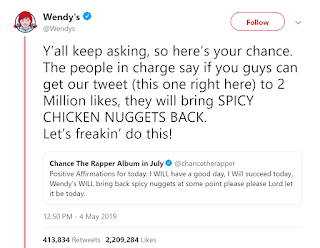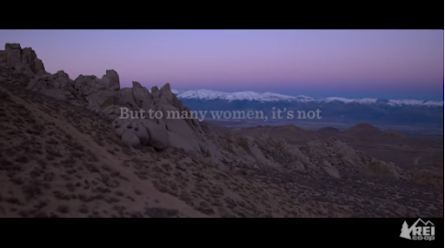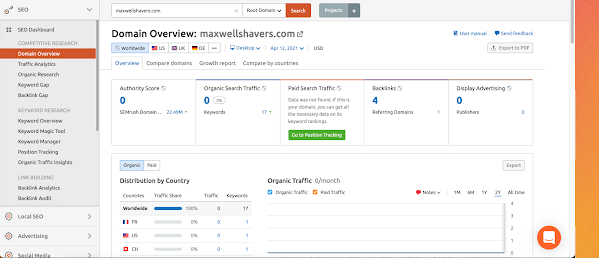Social Media Participation
There are a variety of social media platforms for marketers and their organizations to choose from, it is easy to get overwhelmed. But, it is essential that marketers factor social media marketing into their mix. It allows for marketers to reach their target audience swiftly, effectively, and inexpensively. In addition, it is easy to track competitors and the marketer's own analytics via social media channels. (Henderson. 2020)
Marketing agencies have a decision that they have to make when marketing via social media channels. They have to decide whether they want to allocate their resources and market evenly across the wide range of platforms, or focus primarily on one or two channels. Considering this, there are several things that the marketer should keep in mind, and the first thing they must consider is what channel or channels their target audience is housed within.
Different social media channels have a different audience. Instagram hosts a higher percentage of teens, 25-34-year-olds and females. (Barnhart, 2021) Instagram also primarily relies on visual aesthetics, so this could be beneficial for a fashion or creative arts agency. (Pedotto, 2018)
Facebook caters more to a middle aged audience (Pedotto, 2018), while 80 percent of Twitter users are affluent millennials. (Omnicore, 2021) Twitter limits users to 280 characters and presents more of a short-form blog style social media experience.
TikTok has a rapidly growing audience comprised mainly of users between the age of 10 and 19-years-old. (Alexandra, 2020) Pinterest is used mainly for creative endeavors and has an audience that is interested in arts and crafts, fashion, cooking, design and other things.
Another thing that it is important for the marketer to keep in mind when making a decision are the goals for the campaign and how the brand intends to go about achieving those goals. A brand could be looking to spread brand awareness and use micro and nano-influencers. If that is the case, then a social media platform like Instagram or YouTube would be most beneficial.
If the goal is to alter brand perception, then Twitter would be a great place to start. On Twitter, there is an increasing number of people that say whatever comes to their mind. Everything that users say on Twitter is public, and it is easy to monitor what users are saying about your brand through the use of hashtags and searching your brand name.
If the marketer's budget isn't as large as some bigger companies, then they might opt to focus their advertising efforts on one or two platforms. On the contrary, a larger corporation such as McDonalds has the resources available to advertise across all social media platforms.
References
Alexandra, K. (2020, September 8). What are the Benefits of TikTok for Business: Is It Worth It?. from https://blog.iconosquare.com/benefits-of-tiktok-for-business/
Barnhart, B. (2021, March 9). Social media demographics to inform your brand's strategy in 2021. from https://sproutsocial.com/insights/new-social-media-demographics/
Gilliland, N. (2021, June 25). 30 Brands With Excellent Social Media Strategies. from https://econsultancy.com/30-brands-with-excellent-social-media-strategies/
Henderson, G. (2020, July 2). The Importance of Social Media Marketing. from https://www.digitalmarketing.org/blog/the-importance-of-social-media-marketing
Omnicore. (2021, July 6). Twitter by the Numbers: Stats, Demographics & Fun Facts. from https://www.omnicoreagency.com/twitter-statistics/#:~:text=Roughly%2042%25%20of%20Twitter%20users,monetizable%20daily%20active%20Twitter%20users.&text=38%25%20of%20U.S.%20Twitter%20users,%2475%2C000%20or%20more%20use%20Twitter.
Pedotto, L. (2018). 7 reasons to advertise on social media. from https://strikesocial.com/blog/social-media-advertising-benefits/





I agree that the lower level influencers are more important than most people realize. These lower level influencers (as well as brand advocates) tend to be the most interactive. And that is a distinct plus. The larger influencers tend not to interact much at all or if they do, it is with other mega influencers.
ReplyDelete